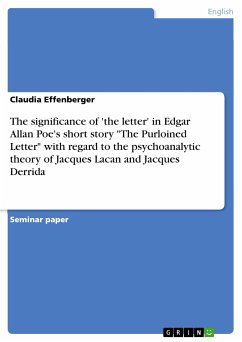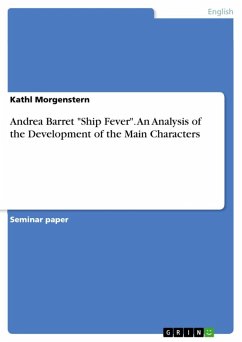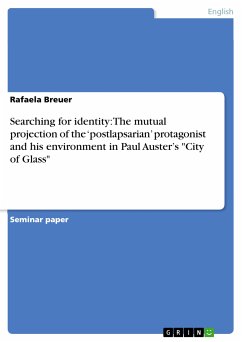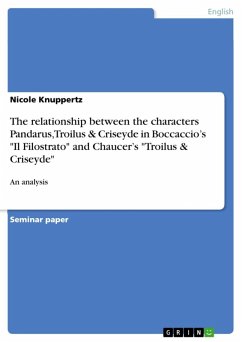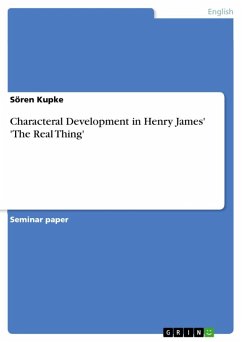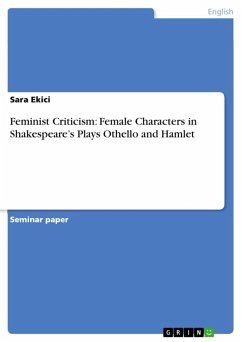Seminar paper from the year 2002 in the subject English Language and Literature Studies - Literature, grade: 1,7 (A-), Technical University of Braunschweig (English Seminar), course: Hauptseminar: Charles Dickens, language: English, abstract: To begin with the end, the overall statement of this paper is that the characters in Charles Dickens's Our Mutual Friend are for the most part inconsistent. In order to clarify this assertion to the reader, I will at first provide an overview of how Dickens's characters were received by various critics. This will be the foundation for my claim that his characters are not realistic since they are only described from the outside and, thus, character-development is only achieved by means of the plot. This lack of introspection derives from the fact that Dickens's focus as a writer was surely on social issues and not on character-development. That Dickens was a great novelist will not be questioned, seeing that, despite this lack of interiority and the ensuing incoherence of the characters to the critic, his characters work during the experience of the first reading. This I will show by examining the character of Eugene Wrayburn in Our Mutual Friend, whose final catharsis is approved of by the reader at first, but has to be highly doubted at second sight, as his actions and thoughts do not justify his reformation to a person of integrity. A thorough study of Wrayburn's character will reveal that he is a sadist who exults in humiliating other people and wielding power over them, which will raise the question whether he has to be considered as a villainous rather than heroic character. I will then investigate the character of Bradley Headstone, who appears to be the villain of the subplot revolving around Lizzie Hexam. This analysis will lead to the discovery that Headstone is not so much of a villain but has to be seen as a victim of society and its machinery. Headstone's story has to be seen as tragic since he succumbs to his violent passions and lets them drive him to despair and the edge of reason in the end. In addition, I will juxtapose Wrayburn's character to that of his opponent Headstone and thus illustrates the fact that, while we do not get an insight into Wrayburn's emotions and therefore cannot understand his deeds, Headstone's actions and motivations are rendered plausible for the reader by the way Dickens describes his character, from the outside as well as from the inside. [...]
Dieser Download kann aus rechtlichen Gründen nur mit Rechnungsadresse in A, B, BG, CY, CZ, D, DK, EW, E, FIN, F, GR, HR, H, IRL, I, LT, L, LR, M, NL, PL, P, R, S, SLO, SK ausgeliefert werden.




